What is Art Deco design? Expert advice on this luxurious look that's returning for 2024
Discover the colors, lines, patterns, and details of Art Deco design
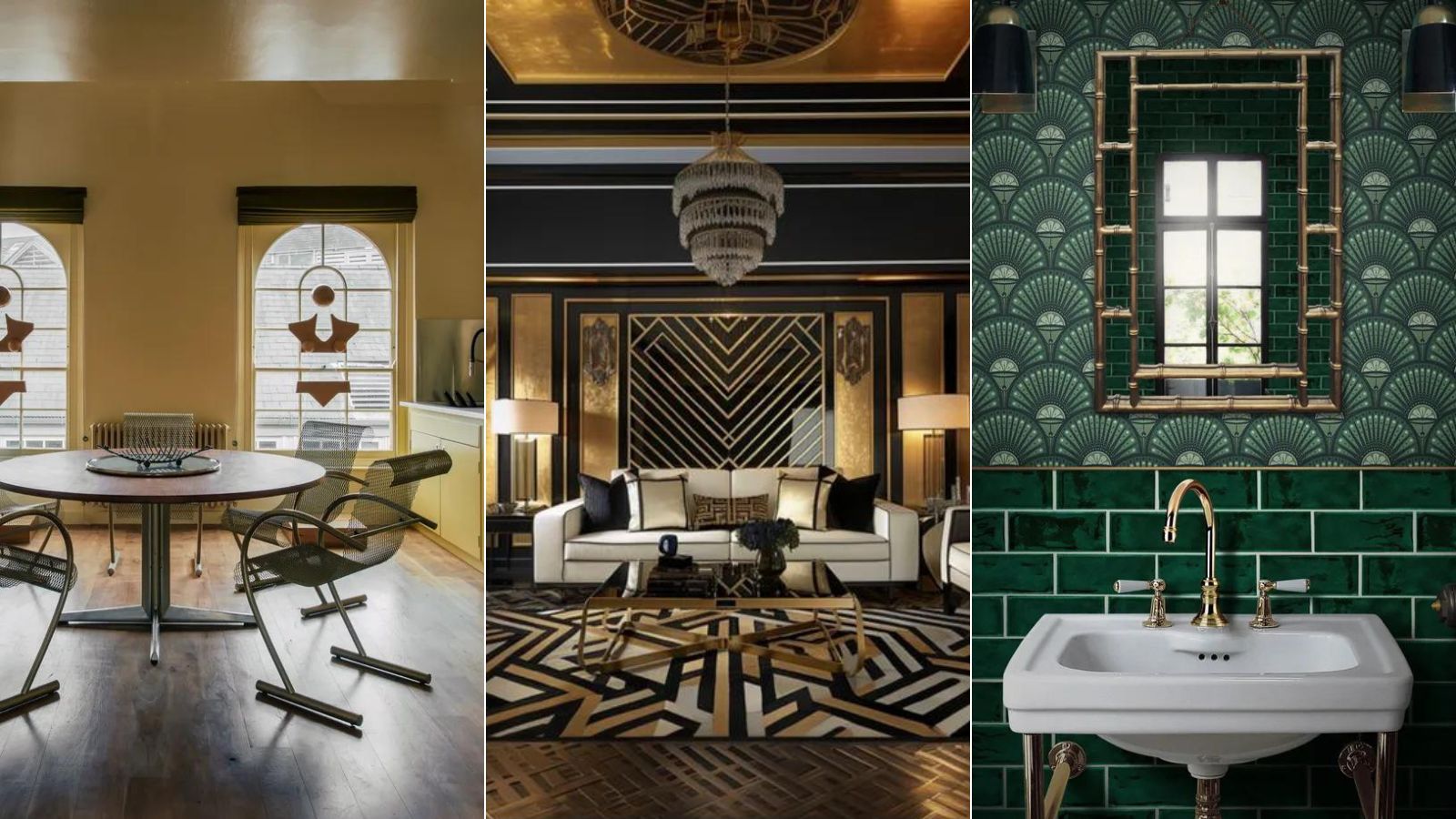

Art Deco design may have been at the height of its popularity in the early decades of the 20th century, but it still has plenty to offer to today’s interiors. A fabulous color palette, distinctive patterns and motifs, and sleek forms can all find a place in modern spaces.
Art Deco decor is luxurious, extravagant, and inspired by the advances of the age with its skyscrapers and ocean liners – and it can bring this optimistic spirit and opulent detail to a home that’s firmly in the 21st century, too.
We asked interior designers to share the history of Art Deco design, its elements, and the ways all lovers of glamor and style can introduce it, and this is what they told us.
Art deco design: the details
Art Deco is an opulent style that enjoyed immense popularity in its heyday and draws inspiration from the advances of its period. ‘The hallmarks of art deco are straight lines arranged into ornate patterns, such as zigzags or chevrons,’ explains Alex Bass, founder and CEO of Art Advisory and Interior Design Studio Salon 21.
‘Art Deco uses a lot of rich, jewel-tone colors. It also includes materials that match this like lacquer, brass, upholstered fabric, and other metals. Furniture and lighting of art deco design is typically more ornate as well.’
And Art Deco living rooms, Art Deco bedrooms, and Art Deco kitchens can all be great choices for homes today. Discover the details of the look as well as its history here.
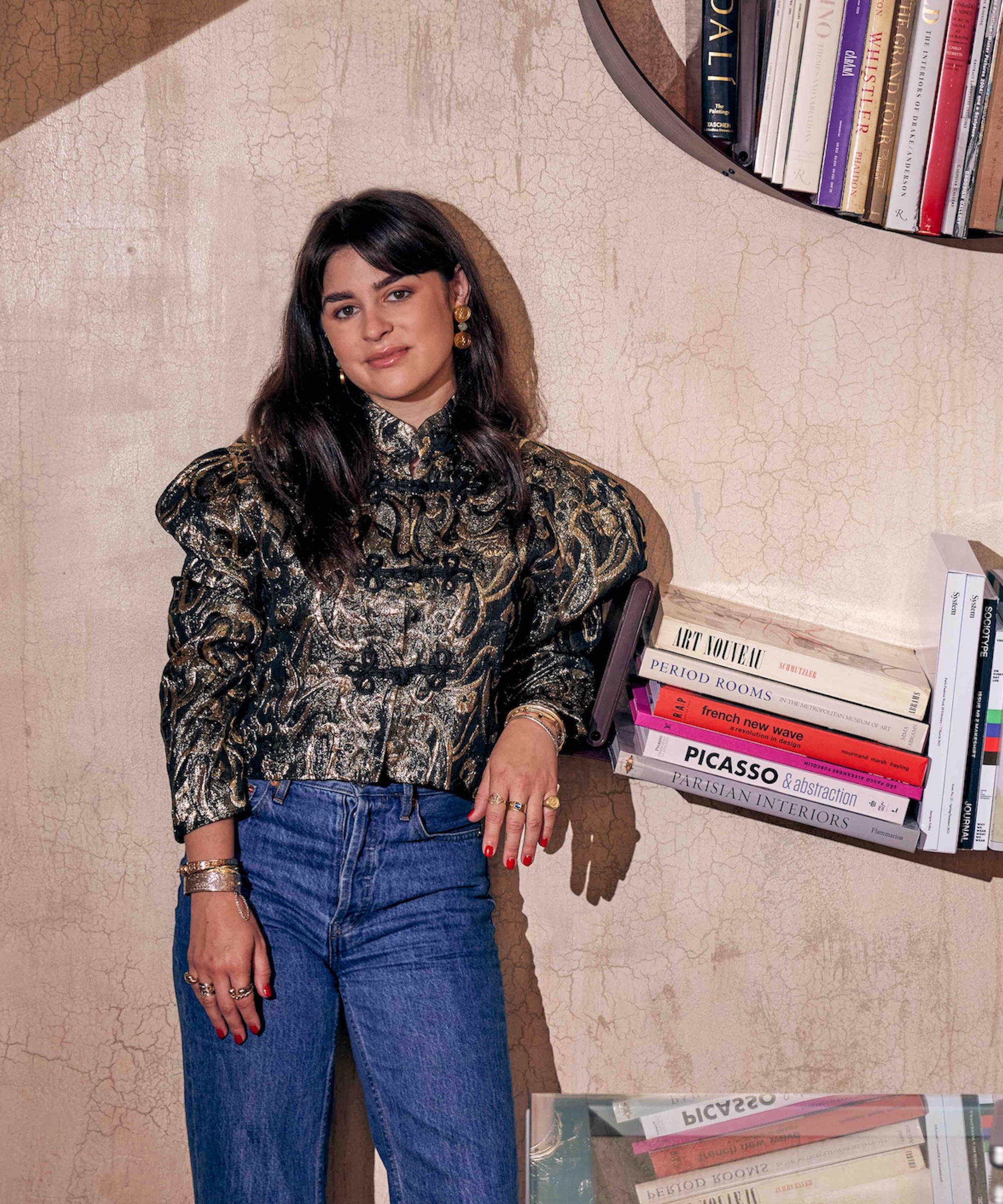
Alex Bass is an art curator and interior designer. She founded Salon 21 to fill a void in the social experiences available to her demographic interested in arts and culture and access to new talent. Alex graduated from Columbia University, majoring in art history and business management, and continued her education at the Sotheby’s Institute of Art in London. Alex’s expertise in the arts led her to the world of design, and now she takes on both residential and commercial projects, in addition to art advising.
Origins of art deco design
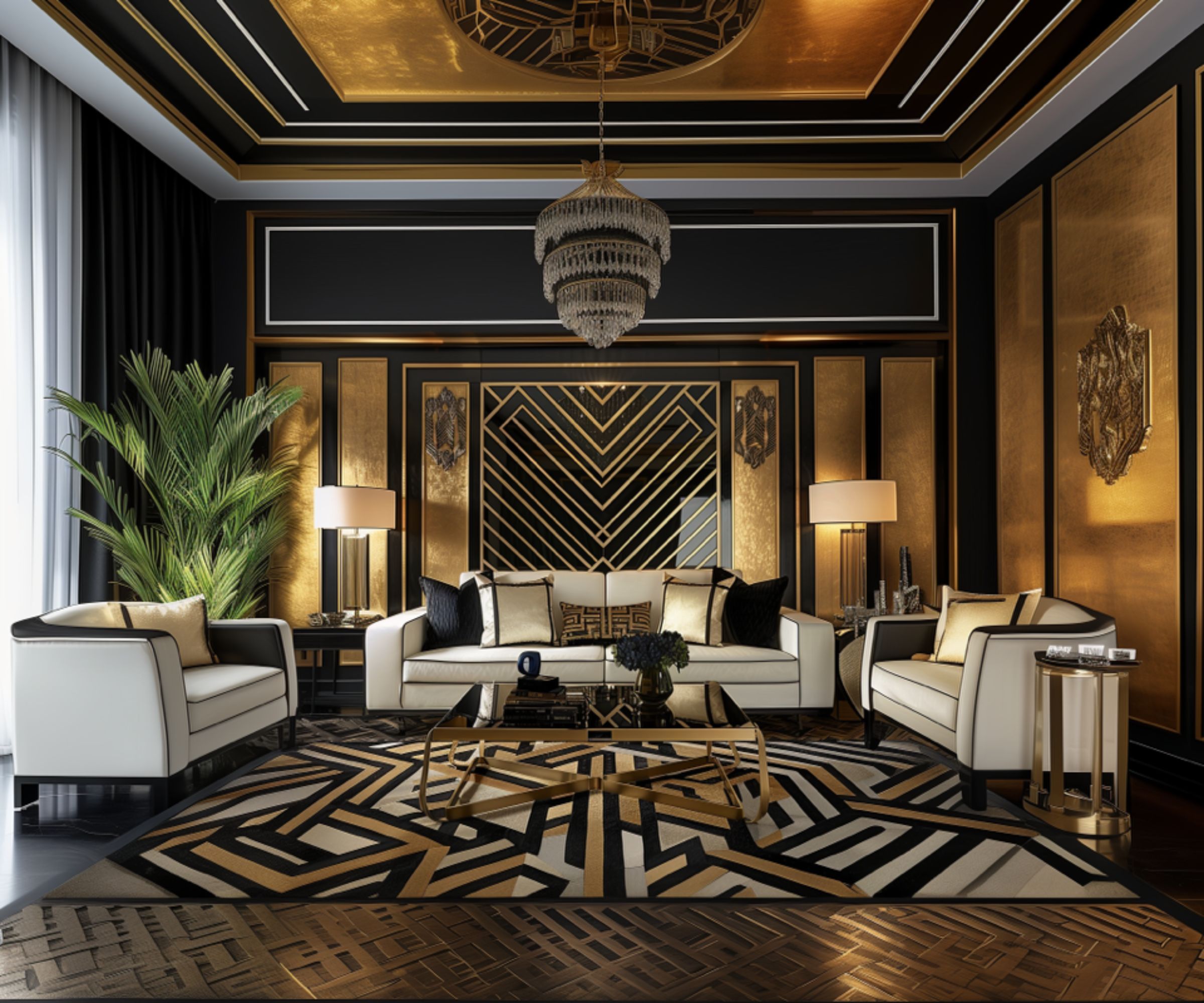
Art Deco design originated in the last century. ‘Art deco, short for arts décoratifs in French, gained popularity in the United States during the 1920s and early 1930s, though it originated in Paris in the 1910s,’ says Aino Heinäsuo, head of design at Redecor. ‘Art Deco had its peak after the First World War, reflecting a collective yearning to transcend the recent trauma and embrace life with exuberance, indulging in luxury and extravagance. This surely was one of the most popular decorative styles in architecture, design, and visual arts in this period of art history.
‘It embodies the essence of modernity, drawing inspiration from the era’s technological and architectural advancements, including electric lights, towering skyscrapers, and majestic ocean liners. However, it declined in the late 1930s with the rise of mid-century modernism, which introduced new materials like stainless steel and plastic. Although it had international influence, World War II and the rise of functional modern architecture marked the end of Art Deco’s dominance.’
It has left a notable legacy, however. ‘What is amazing is how Art Deco was interpreted by many different countries,’ says Alex Bass. ‘Notably for us in NYC, we have a lot of stunning examples of art deco architecture and design still intact, such as the Chrysler building which is often cited as the epitome of art deco.’

Aino Heinäsuo is a multi-talented professional with nearly five years of dedicated service at Redecor, a real-life design simulation game. She studied at Metropolia University of Applied Sciences in Helsinki, Finland, and refined her skills at Nuova Accademia di Belle Arti in Milan, Italy. Prior to becoming a part of Redecor, Aino’s focus was on designing luxury apartments for private clients in Finland.
Art deco motifs
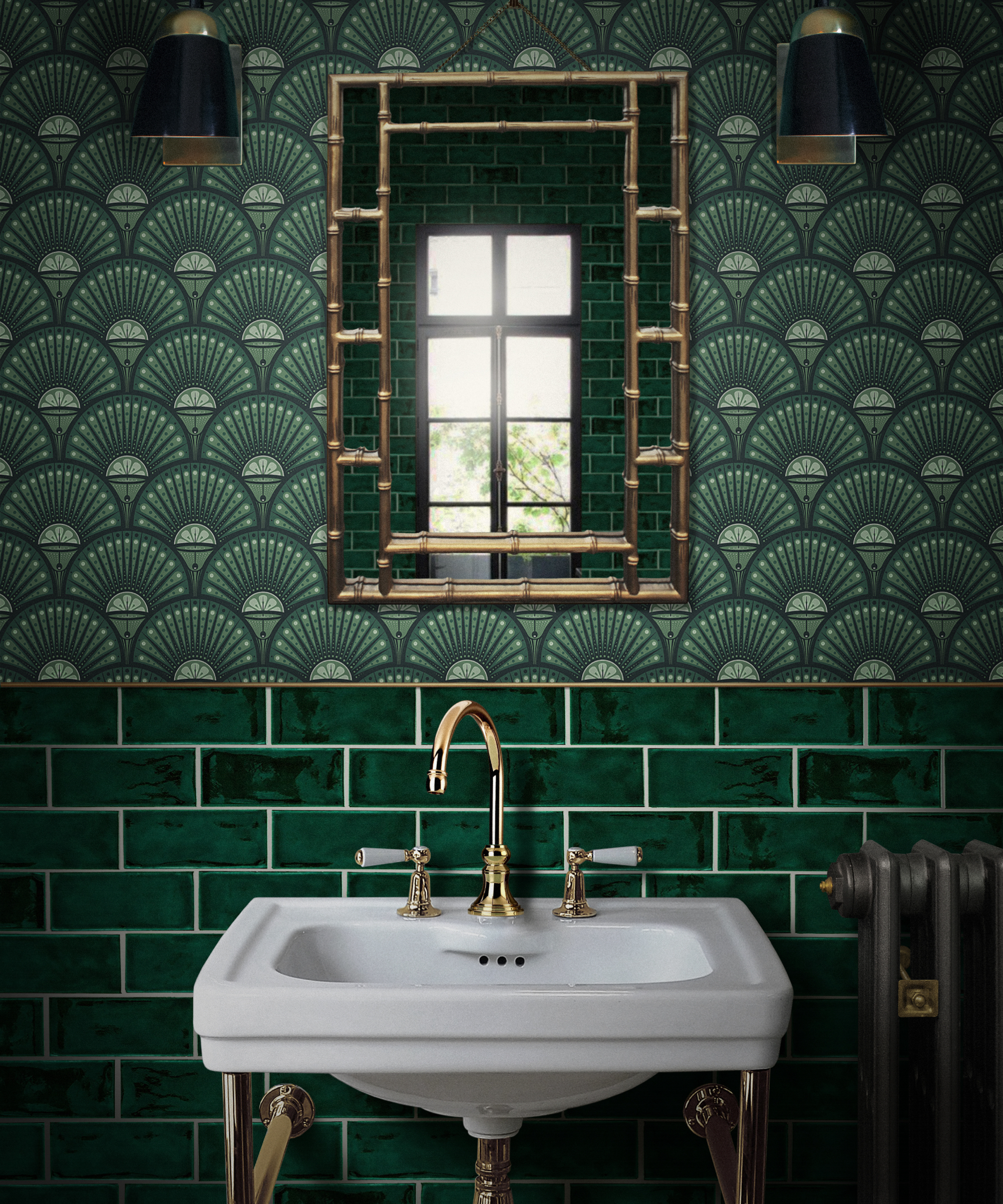
Look out for typical Art Deco motifs. ‘The interior design style is characterized by its geometric and linear shapes, such as zigzags and triangular and trapezoidal shapes,’ says Aino Heinäsuo. ‘Sunburst or sunrise motifs were also common, often seen as golden sun-shaped mirrors on the walls. ‘Animal prints were extremely popular during this time, especially shark, zebra, and tiger skins,’ she adds.
Also characteristic, says Alex Bass are ‘florals, Egyptian-inspired motifs and other geometric shapes’, and she points out: ‘Low relief decoration is also a signature and fluting on fabric, etched in glass, mirror, etc.’
Elements of art deco design
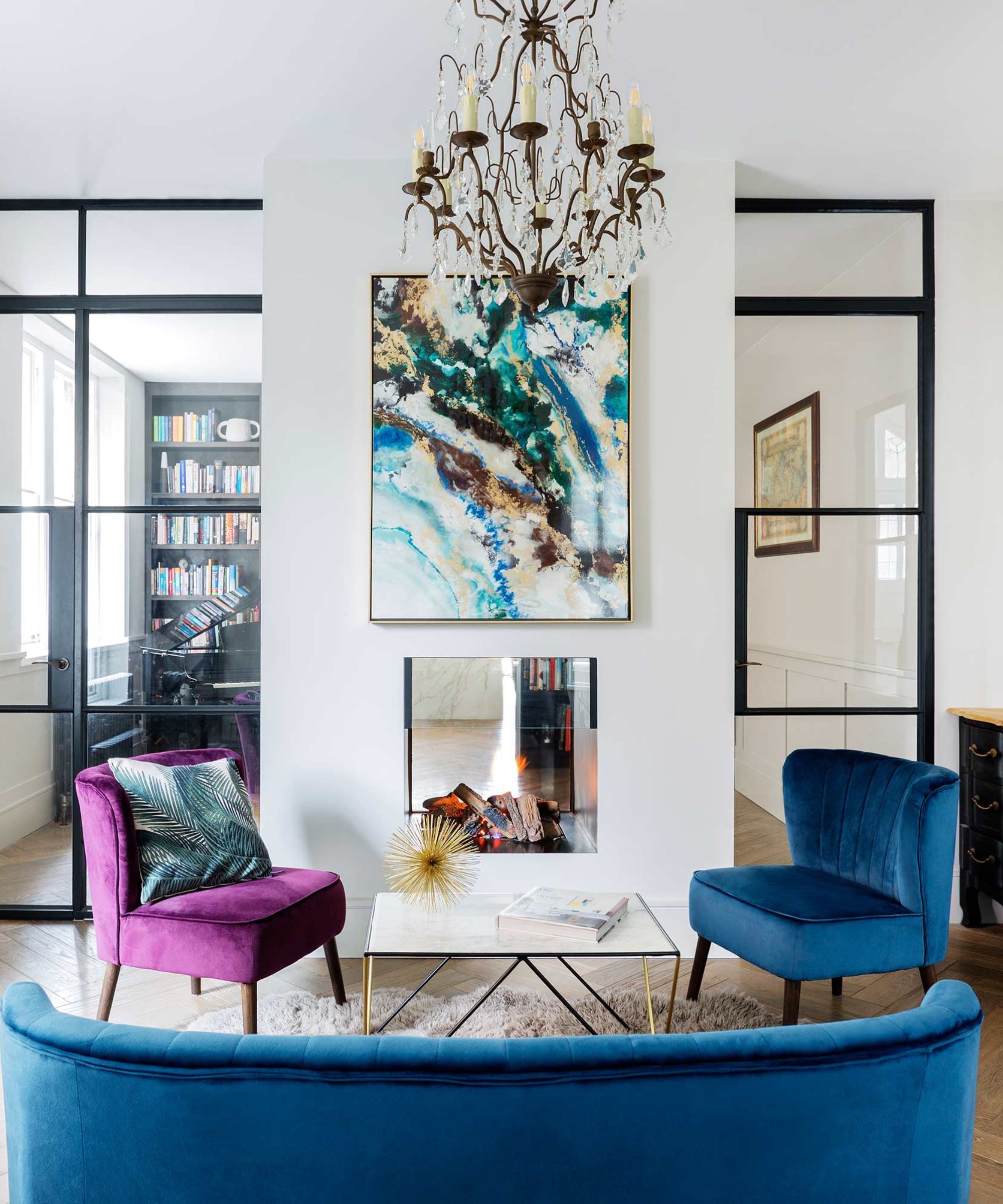
As well as its distinctive motifs, other aspects typify Art Deco design. ‘Traditional art deco featured rich, jewel-tone color palettes, such as reds, blues, and greens often complemented by neutral shades like beiges, creams, or muted yellows,’ says Aino Heinäsuo. ‘The combination of black, white, and gold was frequently used to create a luxurious color scheme. The generous use of gold and steel in Art Deco furniture and accessories paid tribute to the wealth that new industries created at the time.’
Its lighting also characterizes the look. ‘Lighting fixtures can be metallic, gold, chrome, or glass and provide a modern, sleek, yet sophisticated look. An example of an art deco lighting fixture is a skyscraper lamp, which is long and often narrow just like a skyscraper,’ explains interior designer Jamie Mitri, founder of Moss Pure.
Pattern appears in many locations in the style. ‘Geometric patterns can be used anywhere in art deco, from the floor tiles, curtains, fireplaces, doors, chairs, wall art, and coffee tables to name a few,’ says Jamie.
As for furniture? ‘During the Art Deco period, large, opulent furniture pieces were essential for infusing spaces with luxury,’ says Aino. ‘Elaborate sideboards and wardrobes were popular additions, alongside simpler furniture featuring sleek curves and smooth lines.’

Jamie Mitri is a chemical and environmental engineer turned interior designer and the founder and CEO of an interior decor company and product called Moss Pure, live moss wall art and decor for homes and businesses.
Introduce art deco style
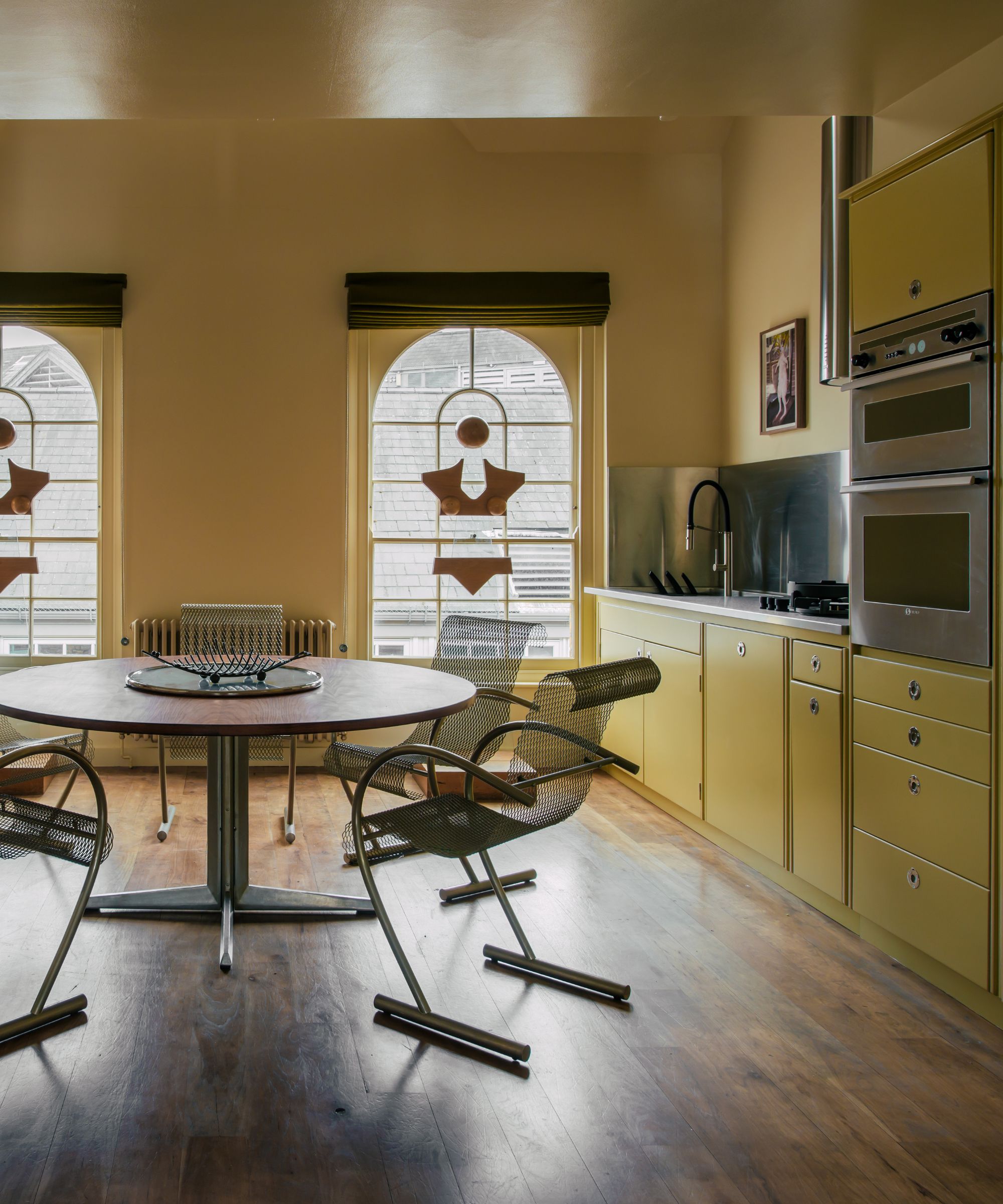
While most of us don’t want to have interiors worthy of a museum, Art Deco is back on trend, and suited to homes today. ‘Incorporating bold and luxurious styles is a great way to elevate your space,’ says Alex Bass.
‘I love to shop vintage for pieces, specifically barware. Adding a jewel-tone velvet or patterned fabric to a chair is a great way to add a pop of this style into your home. I’d make sure that you’re using high-quality materials and avoid finding cheap alternatives as it will make your home feel gimmicky. A great way to avoid this is finding actual Art Deco pieces by thrifting or hunting for great, authentic vintage.’
‘Art Deco motifs integrate seamlessly into contemporary luxury design,’ agrees Aino Heinäsuo. ‘The style’s emphasis on clean lines and sleek forms provides a strong foundation for modern luxurious settings. Enhancing the aesthetic is easy with the addition of textiles, wallpapers, and decorative elements featuring Art Deco motifs.’
It can also be part of interiors with varied influences, Aino points out. ‘I’ve observed Art Deco elements being successfully incorporated into eclectic and vibrant designs, where a diverse range of styles and elements are seamlessly combined to craft a distinctive and visually engaging atmosphere,’ she says. ‘The key is to be bold – adding just one or two elements to the space might make it feel disjointed and result in an overall unbalanced look.’
FAQs
What is the difference between art deco and art nouveau?
Art nouveau predated Art Deco and had a different inspiration. ‘The main difference is the way lines are used,’ says Alex Bass, founder and CEO of Art Advisory and Interior Design Studio Salon 21. ‘Art nouveau is meant to embody nature, and hence the ironwork, painting, modeling, etc is very ornate and feminine. Art Deco almost feels like a stark contrast, yet the two styles complement each other quite well.’
Discovering your interior design style and realizing it in your home will add to your well-being by creating a home that feels like you. For lovers of luxury, art deco is a great inspiration and its opulence isn’t just suitable for large rooms. It can make a small room look expensive, too.
Sign up to the Homes & Gardens newsletter
Design expertise in your inbox – from inspiring decorating ideas and beautiful celebrity homes to practical gardening advice and shopping round-ups.

Sarah is a freelance journalist and editor. Previously executive editor of Ideal Home, she’s specialized in interiors, property and gardens for over 20 years, and covers interior design, house design, gardens, and cleaning and organizing a home for Homes & Gardens. She’s written for websites, including Houzz, Channel 4’s flagship website, 4Homes, and Future’s T3; national newspapers, including The Guardian; and magazines including Future’s Country Homes & Interiors, Homebuilding & Renovating, Period Living, and Style at Home, as well as House Beautiful, Good Homes, Grand Designs, Homes & Antiques, LandLove and The English Home among others. It’s no big surprise that she likes to put what she writes about into practice, and is a serial house renovator.
-
 Everyone is obsessed with vintage tiles right now – bring the nostalgic charm of this classic design feature into your home with our 5 design ideas
Everyone is obsessed with vintage tiles right now – bring the nostalgic charm of this classic design feature into your home with our 5 design ideasHonor the past with our favorite ways to decorate with vintage tiles, as suggested by interior design experts
By Eleanor Richardson Published
-
 'It's a fast reset button' – using the 1, 2 ,3 ,4, 5 decluttering method cleared my persistent mess in seconds
'It's a fast reset button' – using the 1, 2 ,3 ,4, 5 decluttering method cleared my persistent mess in secondsIt's easy, effective and so quick to do
By Ottilie Blackhall Published